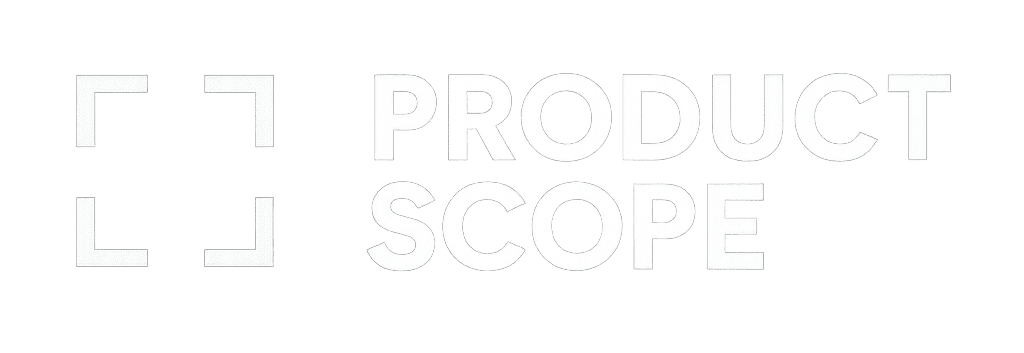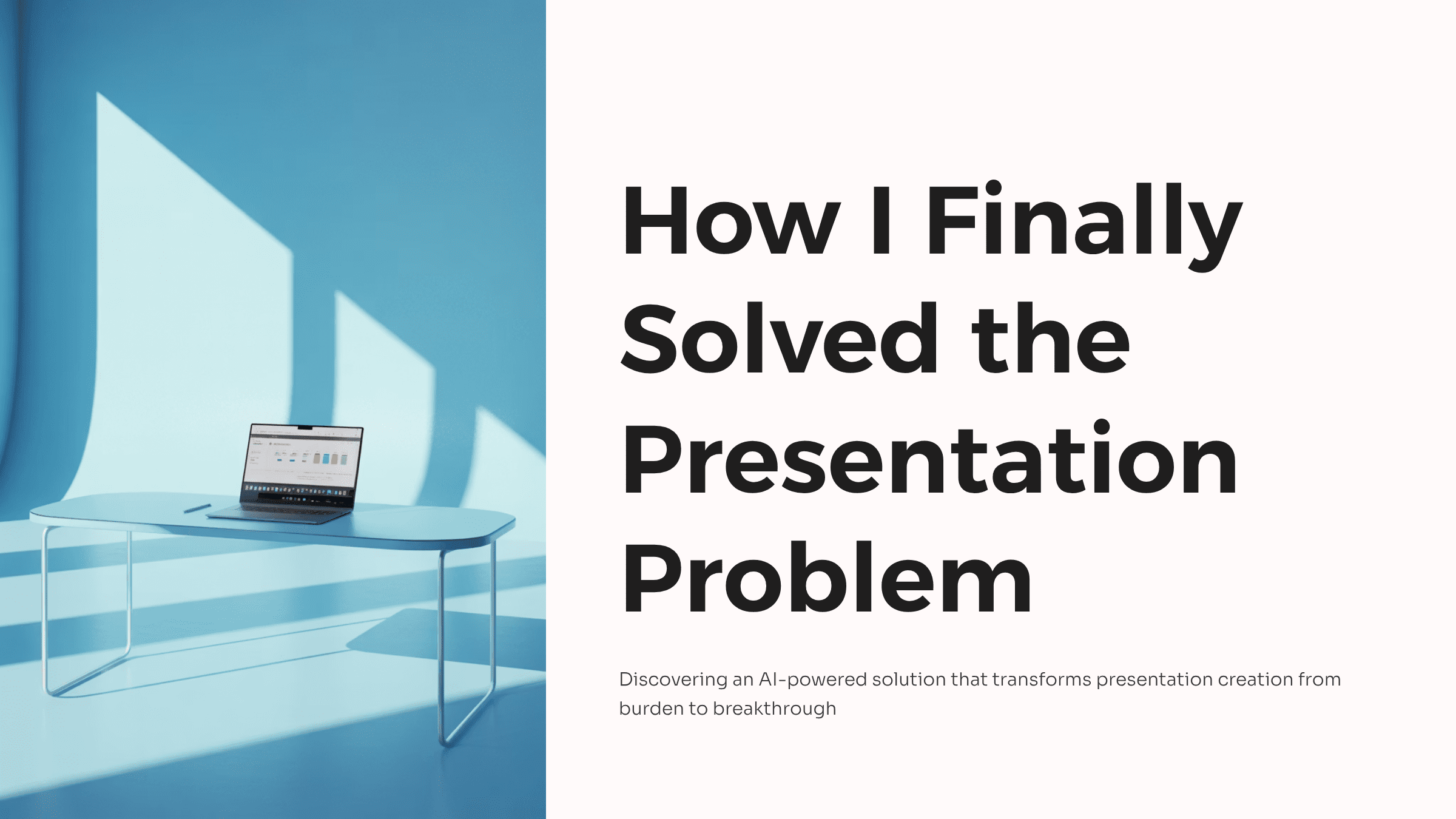How I Finally Solved the Presentation Problem
How I Finally Solved the Presentation Problem
I’ve recently found I need to present more of my discovery work to senior stakeholders and as a result I needed to find a solution to produce presentations faster and make them more professional.
For most of my Product Management career, I’ve either presented actual features or products to clients or worked with developers and stakeholders on live Confluence pages, product discovery tools, or Jira tickets.
On the rare occasions I’ve needed to use PowerPoint or Google Slides, I’ve found it a slog. I spend more time on the formatting than writing the copy, which is my core skill set, not designing pretty slides. I remember using PowerPoint earlier this year to add slides to an existing deck and it was so challenging I wanted to throw the product out the window.
Since January, I’ve been managing a deep dive into BAFTA’s Membership Voting Product, identifying pragmatic solutions for how to reorganise a legacy system and better incorporate it into BAFTA’s ecosystem. As part of this process, I’ve generated over 70 user stories and documented over 50 decisions, all validated with stakeholders and development teams. The next challenge was getting the project and my recommended approach over the line.
To do this, I needed to present to the senior leadership team. I wanted to show why my recommended approach and to illustrate the core decisions that leaders needed to make to enable the project to move forward. This included the design approach, system structure and whether different voting processes should be contained in the same product.
I had multiple key technical points to get across to important people with limited time, and I needed to do it professionally without spending hours putting it together.
I asked Claude if it could produce slides from copy I provided. The answer was no, but Claude suggested several options. I looked at a few, they all seemed to do similar things at similar prices, so I settled on Gamma, largely because it was one of the cheaper options at £8 per month. I thought, why not give it a go? I was hugely impressed.
Not only did Gamma create the deck from my prompt in minutes, but the UI is much better than PowerPoint for editing. I used the full AI version just to see what was generated and I was impressed. I then set about editing the copy. The manual features were also great. I could edit text, regenerate cards, generate multiple versions of the same card using different styles to see which fitted better, add or remove images. It was all super easy.
The presenting experience felt more streamlined too, and I had a variety of options to export the complete document..
The feedback from stakeholders was really positive. I’m not a designer and I don’t have those skills, but now I can create decks in minutes without worrying about them not looking professional. The AI slide generation removes hours of formatting work, letting me spend time on what matters: the content itself.
I’m really happy with Gamma and I’m planning on using it for more presentations, especially where I need to detail complex information. This matters for two reasons. First, it’ll help me get my message across more clearly and ensure meetings stay on topic, which is essential for a product manager. Second, now that I’ve found an effective way to create slides, I actually want to use them more, which will improve my presentation skills over time.
And if I’m going to recommend AI workflows to organisations, I need to demonstrate I’m adopting these tools myself, not just theorising about them. This isn’t about jumping on every new tool, it’s about identifying where technology can remove friction from my workflow so I can focus on what I’m actually good at, product thinking and stakeholder management.
Sometimes it’s best to just pick a tool and use it. If it works, why go elsewhere?



